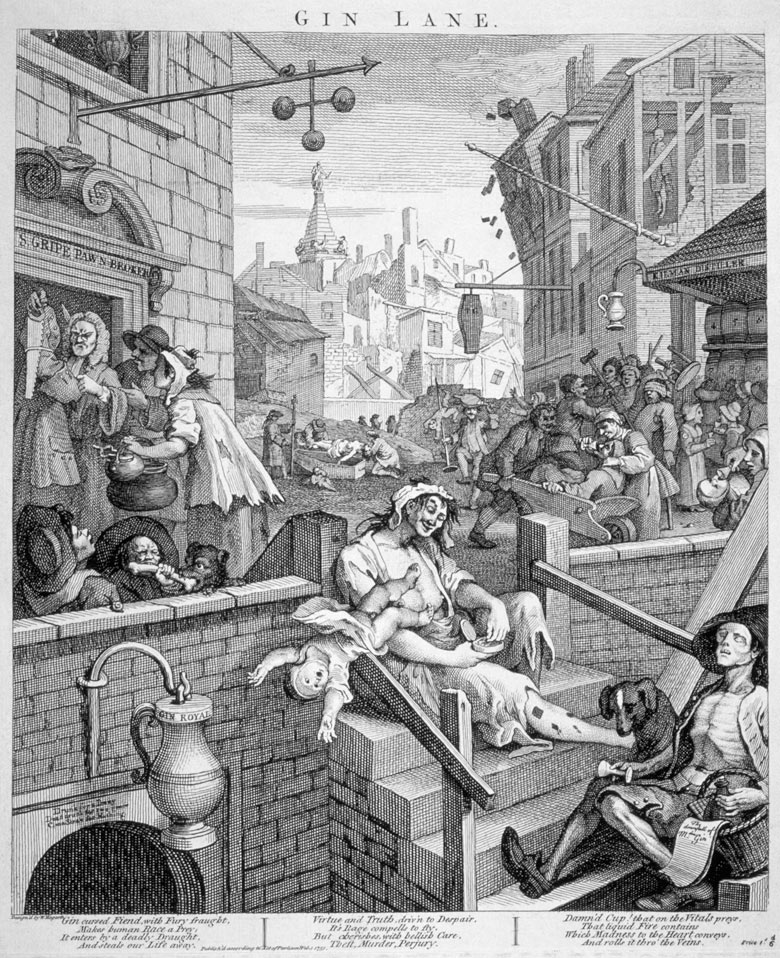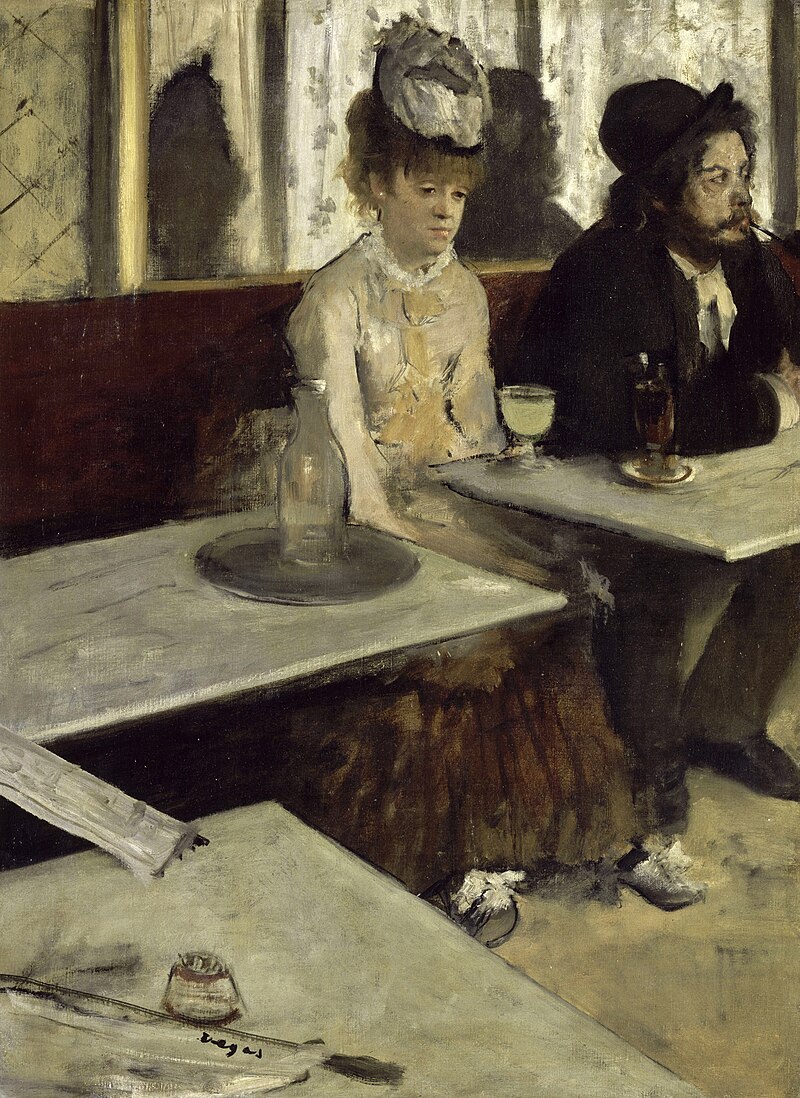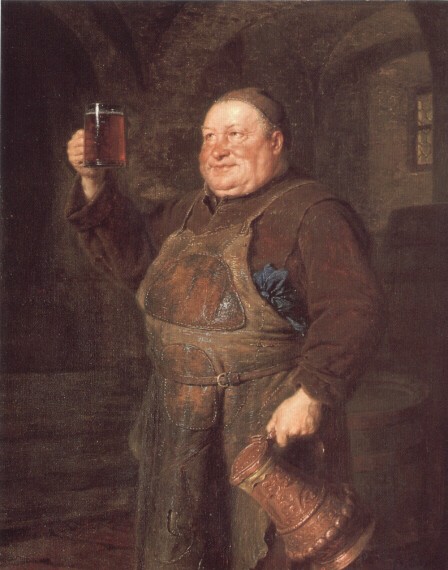Alcohol. Human life has long revolved around the drinking of alcohol and for every problem it has caused, it has helped man in ways such as providing safe hydration, cleaning wounds, and as a social lubricant for many an awkward encounter.
Everyone has their signature drink or go-to that they get and we often like to think that what we order is somewhat symbolic of ourselves. Want to impress that girl and prove your machismo? Order a whiskey neat. You can make small talk while coughing violently as the liquid slides down your throat.
But what does your drink order say about you historically? Or rather, what certain groups of people throughout history have been known to drink what you like? Let’s find out!
If you drink WHISKEY, you’re an American Revolution Veteran!

You’re grizzled, tested, and will be damned if anyone is coming between you and your alcohol! In 1791, the newly-minted United States was in a bit of a pinch financially. As with all governments throughout history, the best and easiest way to get money was through taxation but the U.S. government had a big problem…they had just been founded out of a revolution sparked by hatred for taxation! With Alexander Hamilton at the head of the treasury, the U.S. gov’t decided to implement a tax on all spirits but, since whiskey was by far the most popular liquor in 18th century America, it became known as the Whiskey Tax.
The tax was most vehemently opposed by farmers in the western edge of the country–particularly the Pennsylvania border where it jutted up against the Northwest Territory (now Ohio, Indiana, Michigan, Illinois, and Wisconsin.) This was because many farmers used the left over grains and corn to make their own whiskey and use it to trade with each other. The farmers took up arms and did everything they could to disrupt tax collectors from claiming their money. Many of these men were former American Revolution veterans with combat experience so in 1794 things had gotten so out of hand that Washington summoned 13,000 militia men and lead the soldiers into the frontier region. Ultimately the protesters dispersed before the army arrived and the tax would be repealed during the presidency of Thomas Jefferson as a big finger in the face to his old rival Hamilton.
Still, this was the only time an active U.S. President actually lead troops toward a battle.
If you drink VODKA, you’re a Russian peasant!

You don’t care about the quality or what it’s mixed with…if mixed at all. Surprise, surprise. While it may seem a bit expected, the truth of the depth that vodka is ingrained in Russian culture cannot be understated. According to Tom Kott, “Russians have considered drinking part of their culture for over a millennium”(1) and the favorite drink of a Russian is vodka. Easy to distill from various sources, vodka has long been the drink of Russians with the first refined vodka being produced there in the 1400s. Just as rural Americans on the frontier could use whiskey to trade, vodka was sometimes used as a currency for peasants or a way to bribe someone.
According to researchers, the average Russian today drinks 20 liters of vodka per year. In comparison, the average Briton drinks 3 liters of any liquor per year (2). That is a lot! But a society doesn’t get to be that way without a long history and culture wrapped in drinking.
If you drink GIN, you’re an 18th Century Londoner!

You may see yourself as sophisticated but deep down you have some pretty rowdy roots. Perhaps no drink is so quintessentially British as the gin and tonic, but did you know that this liquor was also one of the most heavily regulated in a short span in history? Gin first came to England after the Glorious Revolution of 1688/89 put the Dutch nobleman William of Orange on the throne. After a great harvest, the distilleries of England had a surplus of grain and produced gallons and gallons of “neutral spirits” (basically vodka.) As a celebration of King William, they decided to flavor the spirit with William’s favorite flavor–juniper. Thus gin was born and something called the “Gin Craze” took ahold of the country.
Gin was so widely drank that it was estimated the average person drank 14 gallons (53 liters) of it a year! A woman named Judith Dufour was even reported to have killed her two year old son, dumped his body, and then sold his clothes in order to pay for more gin (3). Parliament did all they could to curb consumption, even passing five different acts in 1729, 1736, 1743, 1747 and 1751. These acts raised the taxes on gin in various ways but it wasn’t until the mid-1750s that gin consumption was finally reduced as grain prices rose too high.
Bonus info: gin and tonic became popular because tonic water is made with quinine, which helps ward off malaria. Thus gin and tonics became the go to drink for the English in the warm regions of their empire like India and Egypt.
If you drink BEER, you’re a 16th Century German Monk!

You’re a simple person who likes consistency and are seen as a foundation in your group. Confused? Monasteries played a crucial part in the lives of citizens in the Late Middle Ages and early Renaissance. They were the intellectual, cultural, and societal centers of their respective communities. If you were a monk you were among the most educated people in Europe, widely seen as a person as respect, and a pretty damn good brewer as well! That’s right, along with copying manuscripts, praying, and studying, monks were master brewers of beer. In fact, a key income source for monasteries came from citizens who stopped buy to purchase beer from the monks as a way to ensure they had something safe to drink.
It’s not surprising that Germans have always taken their beer seriously, so serious in fact that in 1516 Bavaria enacted a series of beer purity laws called the Reinheitsgebot which limited the types of ingredients that beer could be made out of, set its price, and set confiscation penalties for brewers of “impure” beer. This was done mostly to protect the consumers of the period since beer was a staple in the diet of so many.
Reinheitsgebot set the standard for centuries exceptionally high and eventually all of the breweries in Munich went out of business with the exception of the “Big Six” (Augustiner, Hacker-Pschorr, Hofbräuhaus, Löwenbräu, Paulaner, and Spaten). With some of these breweries being born in the 1300s, it is no surprise that Augustiner was run by monks for nearly 500 years until it was bought out around 1800. Still, many of these breweries keep hints at their monastic roots in their logos.
If you drink ABSINTHE, you’re a pretentious Fin-de-Siecle Intellectual!

I honestly don’t even know what you are… Look at you! Absinthe originated in Switzerland toward the end of the 18th century but it really became popular in Europe around the end of the 19th. A favorite drink of famous intellectuals such as James Joyce, Edgar Allen Poe, Oscar Wilde, and Pablo Picasso, the “green fairy” was commonly consumed by artists and thinkers alike who sought to take advantage of the apparent hallucinogenic properties. In America, it was particularly enjoyed in New Orleans and gave rise to the famous Old Absinthe House which has been visited by Oscar Wilde, Robert E Lee, Mark Twain, and even Franklin Roosevelt (4).
Like so many other types of alcohol, absinthe was blamed for causing societal problems. It was even said that drinking it turned the consumer’s skin green–as seen in many depictions of absinthe drinkers from the turn of the century. Because of all this, absinthe became banned in many European countries as well as the United States. It wasn’t until the 1990s when a British importer realized that the U.K. had never formally banned absinthe and began importing it that absinthe began a slow crawl back from obscurity.
Sources:
- http://o.canada.com/news/world/russians-and-their-vodka-a-brief-history
- http://www.theguardian.com/world/2014/jan/31/russian-men-losing-years-to-vodka
- http://www.history.co.uk/study-topics/history-of-london/18th-century-gin-craze
- http://www.ruebourbon.com/oldabsinthehouse/history.html

Leave a Reply